Best Family- Saga Books to Read
Top 10 Family- Saga books
There is a time when the chronicles of a family or a number of interconnected families have to face with their own issues, values and other subjects that exist in this genre. Historical events, changes in social circumstances, and trickling up and down of wealth and positions are the main subjects of the family sage genre. It also has sub-genres like romance, historical fiction, and drama.
The Kite Runner
The Kite Runner is the first novel by Afghan-American author Khaled Hosseini. Published in 2003 by Riverhead Books, it tells the story of Amir, a young boy from the Wazir Akbar Khan district of Kabul, whose closest friend is Hassan.
Amir, a well-to-do Pashtun boy, and Hassan, a Hazara who is the son of Ali, Amir’s father’s servant, spend their days Kite fighting in the hitherto peaceful city of Kabul. Flying kites was a way to escape the horrific reality the two boys were living in. Hassan is a successful “kite runner” for Amir; he knows where the kite will land without watching it. Both boys are motherless: Amir’s mother died in childbirth, while Hassan’s mother, Sanaubar, simply abandoned him and Ali. Amir’s father, a wealthy merchant Amir affectionately refers to as Baba, loves both boys.
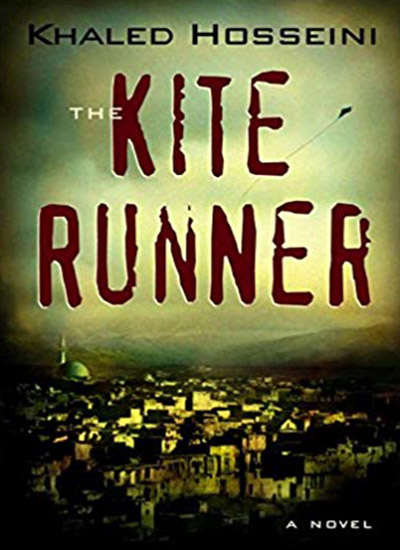
The Kite Runner
by Khaled Hosseini
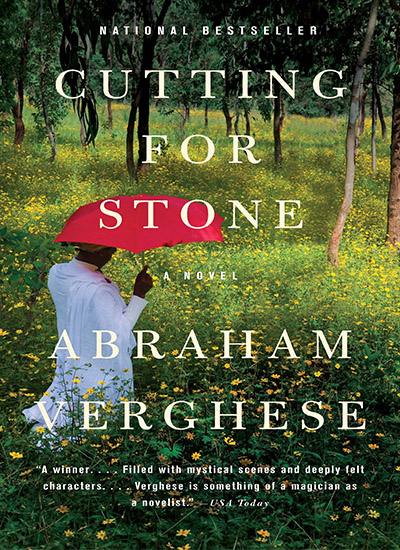
Cutting for Stone
by Abraham Verghese
Cutting for Stone
Cutting for Stone is a novel written by Ethiopian-born Indian-American medical doctor and author Abraham Verghese. It is a saga of twin brothers, orphaned by their mother’s death at their births and forsaken by their father.
The story is told by the protagonist, Marion Stone. He and his conjoined twin Shiva are born at Mission Hospital (called “Missing” in accordance with the local pronunciation), Addis Ababa, in September 1954. Their mother, Sister Mary Joseph Praise, an Indian Carmelite nun, dies during childbirth. Their father, Thomas Stone, the English surgeon of Missing, abandons them and disappears. Orphaned at birth, the pair grow up in the household of two physicians of Missing, both from Madras, the obstetrician Kalpana Hemlatha (Hema) and Abhi Ghosh, who fall in love while caring for the infants. Hema names them Marion (after J. Marion Sims) and Shiva (after the Hindu deity). Ghosh teaches himself surgery to replace Stone. The tissue link between the twins has been separated at birth and the two grow up together being very close initially.
Ask Again, Yes
Ask Again, Yes by American author Mary Beth Keane, was published in 2019. A profoundly moving novel about two neighboring families in a suburban town, the friendship between their children, a tragedy that reverberates over four decades, and the power of forgiveness.
Francis Gleeson and Brian Stanhope are two NYPD rookies assigned to the same Bronx precinct in 1973. They aren’t close friends on the job, but end up living next door to each other outside the city. What goes on behind closed doors in both houses—the loneliness of Francis’s wife, Lena, and the instability of Brian’s wife, Anne, sets the stage for the stunning events to come.
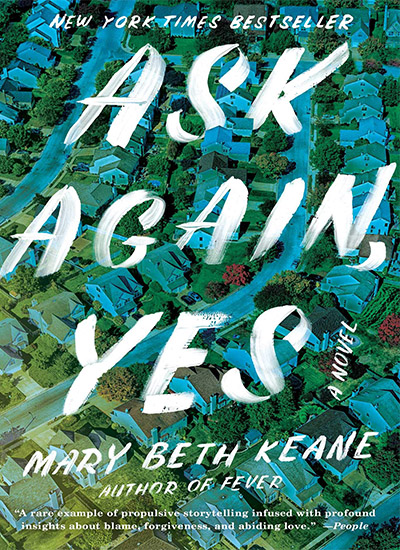
Ask Again, Yes
by Mary Beth Keane
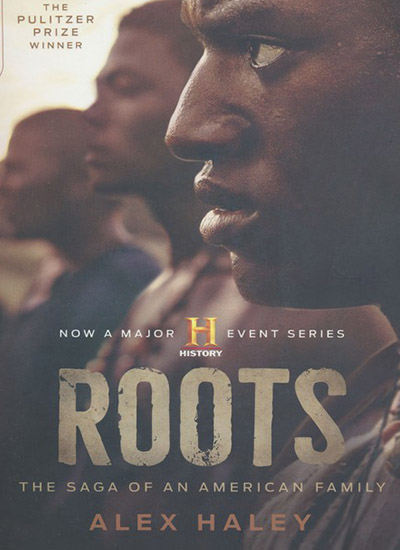
Roots: The Saga of an American Family
by Alex Haley
Roots: The Saga of an American Family
Roots: The Saga of an American Family is a 1976 novel written by Alex Haley. The book was originally described as “fiction,” yet sold in the non-fiction section of bookstores.
Roots tells the story of Kunta Kinte—a young man taken from the Gambia when he was seventeen and sold as a slave—and seven generations of his descendants in the United States. Kunta, a Mandinka living by the River Gambia, has a difficult but free childhood in his village, Juffure. His village subsists on farming, and sometimes they lack enough food, as the climate is harsh. Kunta is surrounded by love and traditions. Ominously, the village had heard of the recent arrival of toubob, men with white skins who smell like wet chickens.
The Thorn Birds
The Thorn Birds is a 1977 best-selling novel by the Australian author Colleen McCullough. Set primarily on Drogheda—a fictional sheep station in the Australian Outback named after Drogheda, Ireland—the story focuses on the Cleary family and spans the years 1915 to 1969.
Meghann “Meggie” Cleary, a four-year-old girl living in New Zealand in the early twentieth century, is the only daughter of Paddy, an Irish farm laborer and Fee, his harassed but aristocratic wife. Meggie is a beautiful child with curly red-gold hair but receives little coddling and must struggle to hold her own. Her favorite brother is the eldest, Frank, a rebellious young man who is unwillingly preparing himself for the blacksmith’s trade. He is much shorter than his other brothers, but very strong. Unlike the other Clearys, he has black hair and eyes, believed to be inherited from his Maori great-great-grandmother.

The Thorn Birds
by Colleen McCullough
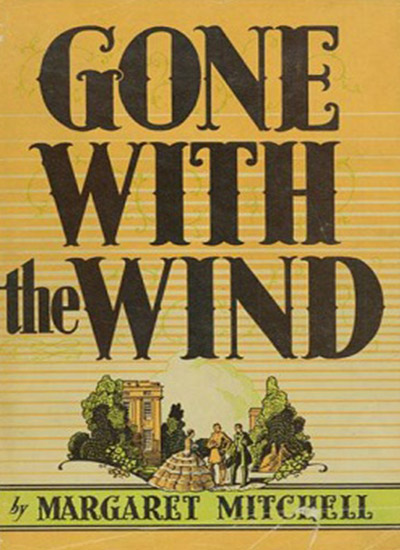
Gone with the Wind
by Margaret Mitchell
Gone with the Wind
Gone with the Wind is a novel by American writer Margaret Mitchell, first published in 1936. The story is set in Clayton County and Atlanta, both in Georgia, during the American Civil War and Reconstruction Era.
It depicts the struggles of young Scarlett O’Hara, the spoiled daughter of a well-to-do plantation owner, who must use every means at her disposal to claw her way out of poverty following Sherman’s destructive “March to the Sea”.
The House of the Spirits
The House of the Spirits is the debut novel of Isabel Allende. The novel has been translated into over 37 languages.
The story details the life of the Trueba family, spanning four generations, and tracing the post-colonial social and political upheavals of Chile – though the country’s name, and the names of figures closely paralleling historical ones, such as “the President” or “the Poet”, are never explicitly given. The story is told mainly from the perspective of two protagonists (Esteban and Alba) and incorporates elements of magical realism.
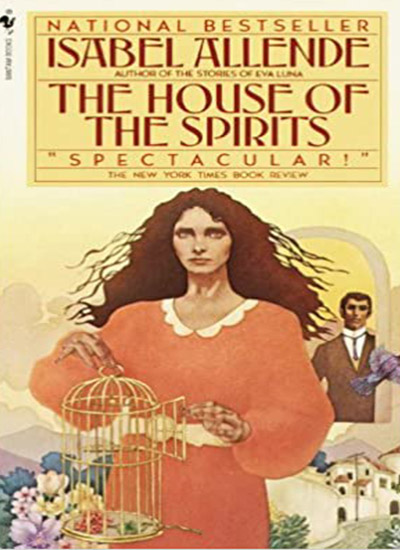
The House of the Spirits
by Isabel Allende
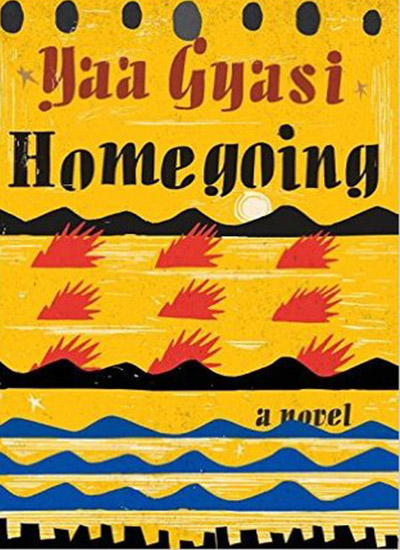
Homegoing
by Yaa Gyasi
Homegoing
Homegoing is the debut historical fiction novel by Yaa Gyasi, published in 2016.
Each chapter in the novel follows a different descendant of an Asante woman named Maame, starting with her two daughters who are half-sisters, separated by circumstance: Effia marries James Collins, the British governor in charge of Cape Coast Castle, while her half-sister Esi is held captive in the dungeons below. Subsequent chapters follow their children and following generations.
Wild Swans: Three Daughters of China
Wild Swans: Three Daughters of China is a family history that spans a century, recounting the lives of three female generations in China, by Chinese writer Jung Chang. First published in 1991, Wild Swans contains the biographies of her grandmother and her mother, then finally her own autobiography. The book has been translated into 37 languages.
The Cultural Revolution started when Chang was a teenager. Chang willingly joined the Red Guards though she recoiled from some of their brutal actions. As Mao’s personality cult grew, life became more difficult and dangerous. Chang’s father became a target for the Red Guards when he mildly but openly criticized Mao due to the suffering caused to the Chinese people by the Cultural Revolution. Chang’s parents were labeled as capitalist roaders and made subjects of public struggle meetings and torture.

Wild Swans: Three Daughters of China
by Jung Chang
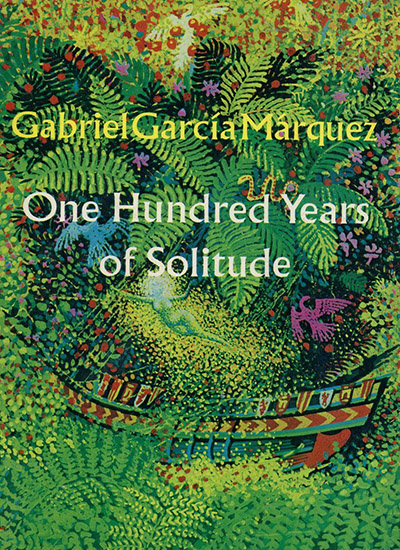
One Hundred Years of Solitude
by Gabriel García Márquez
One Hundred Years of Solitude
One Hundred Years of Solitude is a landmark 1967 novel by Colombian author Gabriel García Márquez that tells the multi-generational story of the Buendía family, whose patriarch, José Arcadio Buendía, founded the town of Macondo, a fictitious town in the country of Colombia. The book has been translated into more than 37 languages.
It is the story of seven generations of the Buendía Family in the town of Macondo. The founding patriarch of Macondo, José Arcadio Buendía, and Úrsula Iguarán, his wife (and first cousin), leave Riohacha, Colombia, after José Arcadio kills Prudencio Aguilar after a cockfight for suggesting José Arcadio was important. One night of their emigration journey, while camping on a riverbank, José Arcadio dreams of “Macondo”, a city of mirrors that reflected the world in and about it. Upon awakening, he decides to establish Macondo at the riverside; after days of wandering the jungle, his founding of Macondo is utopic.